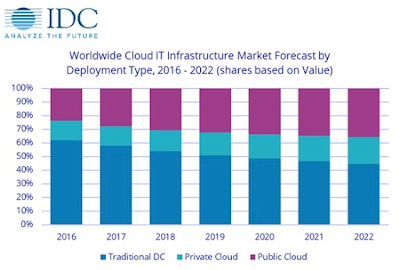
DevOps has been widely embraced by businesses under pressure to get competitively advantageous digital deliverables to market at the fastest possible cadence—especially given the reality of limited coder headcount and the need to rigorously avoid brand-toxic snafus in the customer experience. Artificial intelligence (AI), in stark contrast, is a potentially transformative digital discipline that is still very new to most enterprise IT organizations.
But while it’s certainly important that CIOs nurture AI adoption with appropriately resourced pilots, it’s also essential to link nascent AI efforts to maturing DevOps concept-to-production pipelines. Here’s why.
The data science silo
“AI” has become a catch-all term to describe a broad range of algorithm-based disciplines such as machine learning and natural language processing capable of discovering patterns, trends and anomalies in large volumes of diverse data. Given the wealth of data increasingly available to businesses, this AI-based discovery can potentially deliver significant benefits—from anticipating customer needs to identifying emerging market risk.
The algorithms that fuel AI, however, bear little resemblance to classic application code. Code is written by developers to execute actions in some logical sequence. If you want to change those actions, developers have to change the code.
Algorithms, on the other hand, are crafted by data scientists to tease hidden insights out of data. Data scientists may certainly tweak those algorithms over time to enhance the resulting insights—but, to a large extent, well-crafted algorithms inherently respond to change without explicit human intervention.
Due to these unique characteristics and skill-sets, organizations typically initiate their AI efforts in sandboxed pilots where the main challenge is determining which types of algorithm can uncover the insights that are most valuable—which typically also means most actionable.
This experimentation is good and fitting. It’s tough to on-board data science talent, and it’s tough to connect raw technical data science talent to the real-world needs of the business. So we all have a lot of learning to do when it comes to AI.
That learning can’t take remain in a silo forever, though
Escaping the AI island
In an increasingly digital marketplace, actions take place in code. For the insights revealed by our new AI environments to actionably impact businesses, they must be acted on programmatically.
In some cases, this programmatic action may be sending an alert to a customer’s phone. In some cases, it may be changing the price of a SKU. In others, it may be re-prioritizing workflow to internal staff.
Regardless of the specific use-case, there is clearly a need to connect AI insights with application code.
This has several implications when it comes to DevOps. For one thing, developers must be able to code and test calls to AI systems in much the same way as they do to databases and other resources.
For another, ops teams must be able to ensure that the new generation of hybrid AI-application systems reliably perform at required levels even as workloads spike. Such performance SLAs can be particularly challenging given the intensity and volatility of AI processing.
Change management is another key consideration. Developers must preserve the integrity of AI calls, even when they add, delete, or modify other aspects of their applications. And, conversely, when data science staffs modify their AI environments, we must somehow ensure that there aren’t unexpected adverse impacts on end-to-end system behaviours.
Security and compliance are considerations as well. AI ingests and egests a lot of potentially sensitive data. The safety and proper governance of that data in these increasingly complex environments doesn’t just happen. Nor should they be grafted on to systems as an afterthought. That’s another reason AI and security and DevOps—or, as many of us have taken to calling it, DevSecOps—must come together.
Chaperoning the DevOps-AI courtship
Given the imperatives above, CIOs and other digital leaders in the enterprise need to take several steps now to ensure that any future relationship between AI and DevOps will be a cordial and productive one.
Suggested steps include:
- Begin mapping processes and workflows in your DevSecOps toolchain that will provide the same automation, QA, and auditability of Ai integrations as you’re presently implementing for APIs, database calls, cloud connectivity, and the like.
- Ensure that your data governance methods and technologies can be uniformly applied across platforms, environment, and data sources.
- Get your DevOps and data science people together. Their tools, skills, and cultures may be markedly dissimilar—but ultimately, for your business to win, they will have to collaborate in much the same way as we are driving developers, QA teams, ops staff, security professionals, and business analysts to collaborate.
AI will transform business in the coming years. But it won’t do so by itself. Only in concert with a holistic approach to digital transformation can businesses reap the full potential value of AI.





